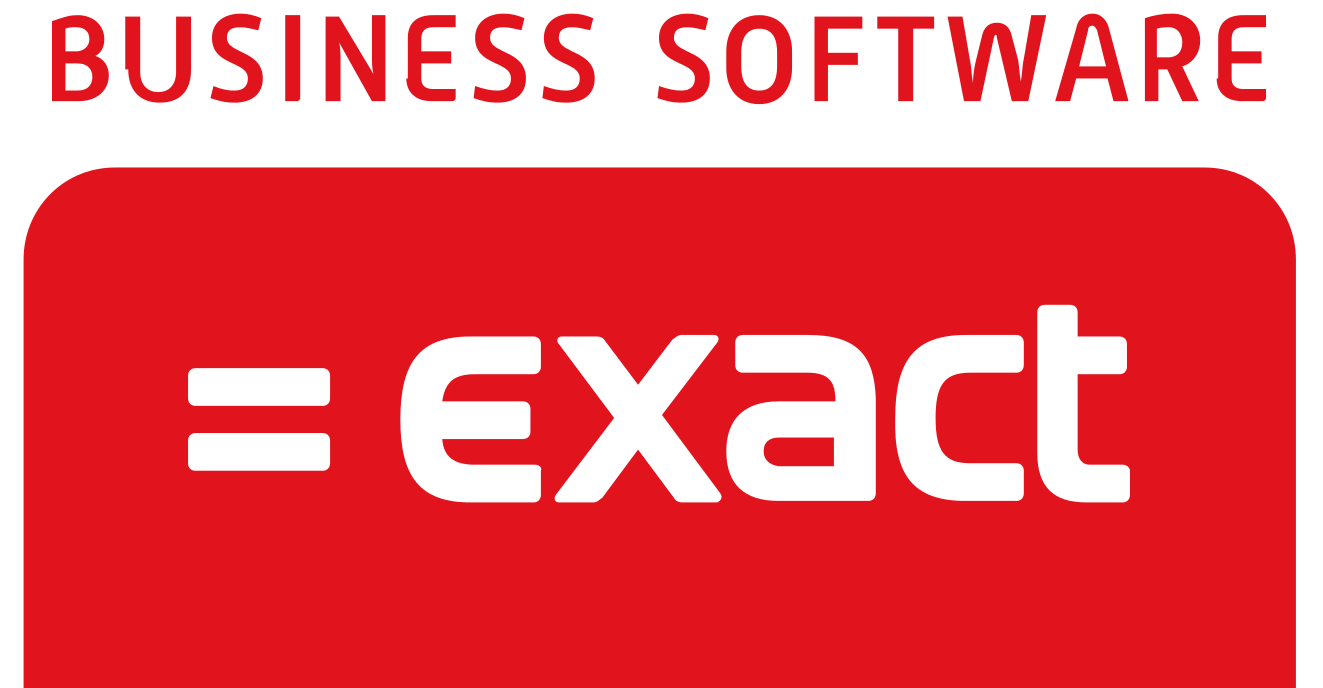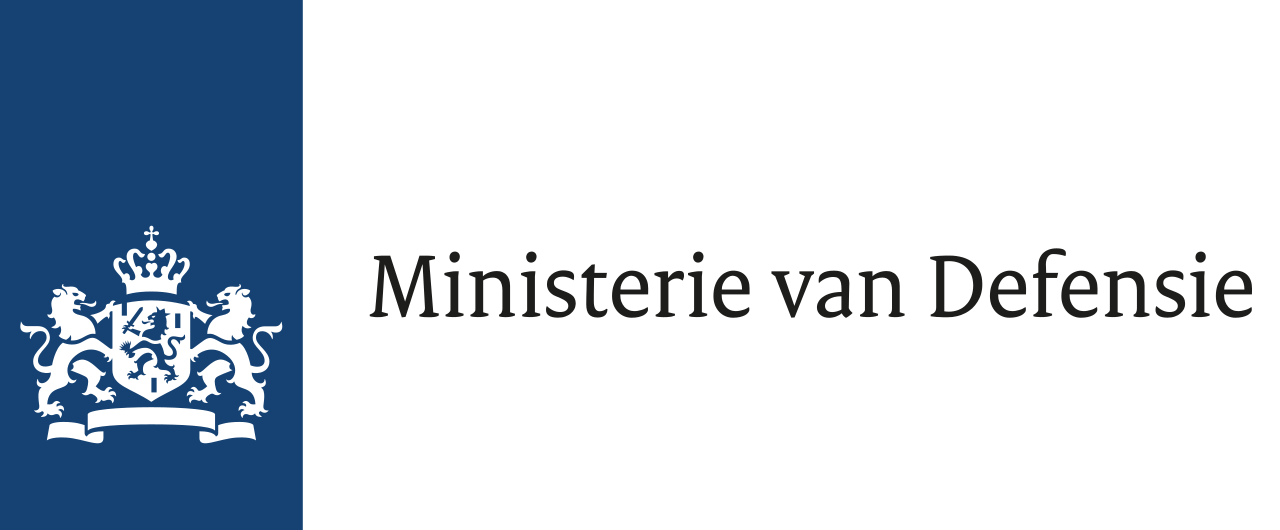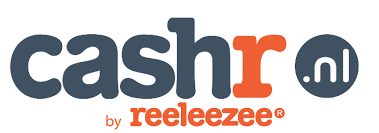
Troostwijk
Marcel has developed various native apps for Troostwijk Auctions – one of the biggest industrial auction houses in Europe. He was also involved in the development of the backend and its migration to Azure and ASP.NET Core. Three examples:
1. The app for customers
The auction-app for iOS and Android, with over 35.000 active users, has been fully redeveloped by Marcel using Xamarin Forms, supporting 15 languages. The professional design was implemented identically for iOS and Android. A lot of focus was required for the large sums of data and the efficient loading of the lists, and for the timing and synchronization of the processes, because as users bid on lots in an auction, the relevant push-notifications have to be delivered to them without any noticeable delay.
2. The app for auctioneers
Marcel developed a Xamarin native iPad app for auctioneers to create new auctions and the lots that are to be auctioned off. Photos and data of the auctioned goods are saved in a standardized manner, which has to work well offline (locally on the device), as an internet connection isn’t always available on the location of the auction. All the data will be synchronized with the central server later. And because several different people could work on the same auction at the same time, a good synchronization is incredibly important. After the synchronization is completed, the data is additionally edited in a web app.
3. The app for the delivery
The app for the delivery of lots keeps track of who exactly bought which lot, whether or not the lots have been fully paid for, which lots belong together, et cetera. Payments are registered, and for buyers from different countries, documents for the airport’s gates are generated. All this will strictly be synchronized with the central server, so all iPads on the location have the same data.
The fact that these apps are being used at different kinds of auctions and in different countries and languages, complicated the development.
Exact Software
Using Xamarin for iOS and Android, Marcel has developed the native apps for Cashr for the subsidiary of Exact, Reeleezee.
Cashr is a checkout app for retail and the hotel and catering industry. It’s used to build table plans and allows customers to pay per table, or per person (if that’s desired).
Due to the development of the apps, they work well on the most commonly used devices, such as iPhones, iPads, Android phones and Android tablets. A lot of thought and attention has been put into the leveling of the codes for iOS and Android.
Regarding interface, the apps are no Xamarin apps, but received an advanced graphic design with the necessary animations. This has resulted in a simple, efficient, but also beautiful user experience.
If the Wi-Fi-connection happens to fail (something that might occur on large outside-terraces), orders can still be taken and payments can still be made. The synchronization with the back-end automatically reoccurs when the connection is restored. The large amount of data being stored in a local database on the device, and the synchronization of data always being prioritized in the app, are technical details that aren’t noticeable for the user.
The apps are also equipped with links to mobile printers and PIN terminals.
If you wish to try out the apps, you can download them including demo-data, by clicking on the Cashr logo.
Transtrack International
The relationship with Transtrack International lasted many years: Marcel developed and maintained a track and trace app for mobile handterminals for Cash-in-Transit (CIT), used for the transport of valuables. The app was made to be used by several large CIT companies in Europe and Africa.
Marcel created the first version of a mobile terminal with built-in matrix printer in 1988. The terminal was used during transports and kept track of everything having to do with the delivered packages, as well as printing detailed receipts of the delivery and the pick-ups. Since mobile internet was nonexistent during this time, the mobile terminals had to be readout afterwards so the data could get processed on the central server. Marcel programmed all of this using a Z80 processor with a memory of 16 KB.
For several years, Marcel performed maintenance. He made adjustments and expansions for different brands and types of hand terminals and for different operating systems. It was a huge challenge to level the code for all types of operating systems (code-efficiency), so adjustments and expansions became available on all terminals.
Understandably, the used programming languages, the surroundings (with limited memory capacity) and the hardware from back then is no longer relevant now. But navigating complex processes, and finding and applying structure in order to get the good, user-friendly solution you’ve been looking for, are skills we developed back then and still use as a foundation for today. It sounds difficult, but that’s exactly how the Transtrack project can be properly contextualised in our modern world.
TopRooster
The ‘standard software’ TopRooster was built for general use, initially as a solution for the scheduling for volunteer organizations. TopRooster answers the following question: “When will who come to work?”. It’s a simple concept and TopRooster offers simple overviews where this question is answered. But the schedule also tells users when they still need people to come work: the ‘gaps’ in the schedule. Users can indicate when they are able to take a shift, and which one, and then their name is added to the schedule. Simplicity and clarity are prioritized.
The first version, in 2009, was effective and easy to work with. As every organization schedules in their own unique manner, we kept receiving requests from customers. In the following years, the wishes of our customers were prioritized and added to the program – while the number of customers kept growing, and with that the variety in organizations. Because wherever there’s planning and scheduling to be done, TopRooster is deployable.
TopRooster is now home to a plethora of options and possibilities which the scheduler can use to adjust the schedule to their liking. Simultaneously, the simplicity of TopRooster’s usage has remained intact. It’s a challenge for our developers in this continuous process, with every change and addition we implement, but it’s a success!
We gladly listen to our customers, whether it concerns small changes in our product or separate custom projects.
Dutch Department of Defense
For the Command & Control Support Centre of the Dutch Department of Defense, Marcel has contributed to the build of the app for the platoon commander in the field.
The app was made for use on a handheld-device that wirelessly synchronizes with other systems in the field, one of them being the built-in computers of armored vehicles. The app displays maps, route- and location information and the position of troops. All that data can be turned off and on in different layers. There’s communication among the handhelds and with the vehicle systems, and plans and objects are able to be added to the map.
The job was technically very challenging and we were perfectly able to utilize our experience, knowledge and abilities to complete it.







